Hal Brands: Iran's four possible responses to Israel -- and their risks
Published in Op Eds
Israel’s attack on Iran opens the next phase of the Great Middle Eastern War that began on Oct. 7, 2023. Over the past 20 months, that war has played out on fronts across the region and has drawn in actors from around the globe.
There is much we don’t yet know about what has happened, let alone what will happen. But it is clear that Iran has suffered significant damage to its leadership, its military and industrial capabilities, and perhaps its nuclear program. The endgame of this conflict and the future of the region will be profoundly shaped by how a wounded Iran responds.
There are four basic possibilities. Their consequences range from a bigger, bloodier Middle Eastern mess to a potentially surprising diplomatic denouement: a far stronger nuclear deal than President Donald Trump could have gotten just a few days ago.
First, Iran could go nasty but narrow, striking back against Israel but avoiding U.S. bases or other regional targets. Drone, missile or terrorist attacks against Israel (some of which are already underway) would offer a measure of vengeance. But this strategy would seek to avoid triggering a larger, riskier conflict with Washington.
The problem is that America is already involved in this conflict: Trump has pledged to help Israel defend itself. A narrow response could thus look pathetic if Tehran’s remaining weapons can’t penetrate Israel’s multi-layered (and multi-nation) air and missile defense. And even if Iran draws blood, Israel will just keep coming, as these opening strikes were the beginning of a larger military campaign.
If Iran needs to make a bigger statement, it could go big and broad. In addition to hitting Israel, it could strike U.S. personnel, facilities and partners from Iraq to the Persian Gulf. It could also activate its proxies — the Houthis, Iraqi Shia militias, and what remains of Hezbollah — in a bid to set the region on fire.
That strategy has appeal as a way of restoring deterrence against dangerous enemies. It would remind the world that even a weakened Iran can cause real pain. But it would also cross the red line Trump has drawn against attacks on U.S. targets. So Iran could find itself fighting a bigger war against Israel and the U.S., fraught with existential dangers for an already battered regime.
The third possibility — nuclear breakout — could be just as dangerous. Depending on how much nuclear infrastructure is left — particularly the buried, hardened uranium enrichment facility at Fordow — Tehran could withdraw from the Non-Proliferation Treaty and make a desperate push for the bomb.
Iranian leaders might see this as their best option for salvation, given how badly Tehran’s conventional capabilities and proxy network has been degraded. If Iran did make it across the finish line, the result would be terrifying — a bloodied, vengeful terrorist state with the destructive power of nuclear arms.
The obvious risk is that Iran might never make it. A sprint for nuclear weapons would cross another Trump red line. It could bring U.S. intervention, with bunker-busting bombs that set back the Iranian program far more decisively than Israel could. So this scenario, too, seems likely to set off a larger regional war, probably ending in a devastating Iranian defeat.
That leaves the final option — one Trump is urging Tehran to take. Iran could wave the white flag and cut a nuclear deal, perhaps after a symbolic, face-saving retaliation. That deal would be far worse than anything Tehran might have hoped for a few days ago. It would be closer to the “Libya option” — the total dismantling of the nuclear program — than “Obama 2.0.”
The Iranian regime, which views the nuclear program as a guarantee of both its own survival and national security, would hate to take this path. But it might consider it, if other options lead to disaster. The Islamic Republic has made painful concessions before.
Ayatollah Ruhollah Khomeini settled the Iran-Iraq War in 1988 rather than risk U.S. intervention: Accepting peace, Khomeini acknowledged, was the cost of preserving the Islamic revolution. Tehran also drew in its horns, momentarily, after the U.S. overthrew Saddam Hussein in Iraq in 2003, and it looked like the ayatollahs might be next.
If Iran chooses this course, it would be a remarkable reversal: Less than two years ago, Israel was badly shaken and Tehran and its proxies seemed ascendant. It would be a triumph for a nuclear non-proliferation regime that has, lately, been under strain. It would be a diplomatic windfall for Trump, who didn’t want an Israeli strike but now might benefit from it. And it would be a reminder that force doesn’t always undercut diplomacy: It can, in fact, be indispensable to its success.
None of this is guaranteed, of course. A week from now, the Middle East could be consumed by a larger, more brutal war. But it is worth admiring the fact that Israel’s attack has left a terrible regime with only terrible options — and, perhaps, created a narrow path to a better outcome for the region and the world.
_____
This column reflects the personal views of the author and does not necessarily reflect the opinion of the editorial board or Bloomberg LP and its owners.
Hal Brands is a Bloomberg Opinion columnist and the Henry Kissinger Distinguished Professor at Johns Hopkins University’s School of Advanced International Studies.
©2025 Bloomberg L.P. Visit bloomberg.com/opinion. Distributed by Tribune Content Agency, LLC.
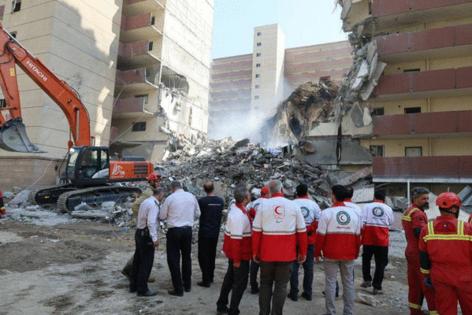


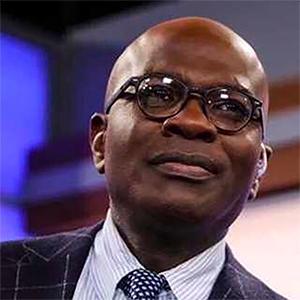















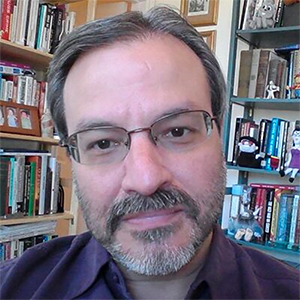







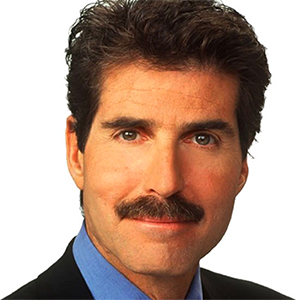

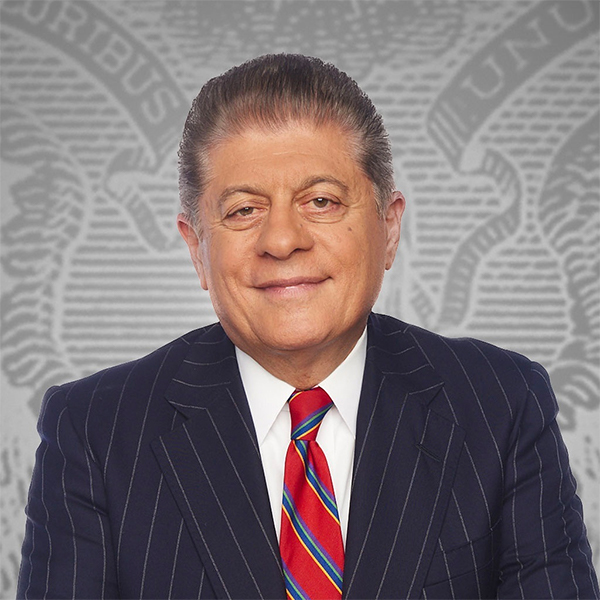










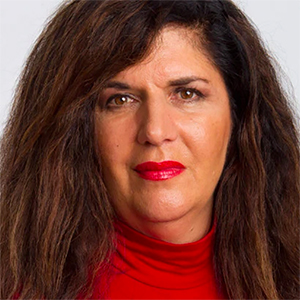











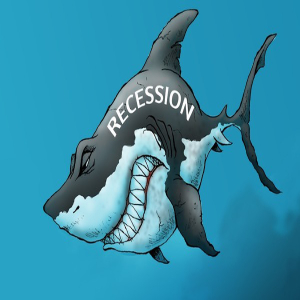
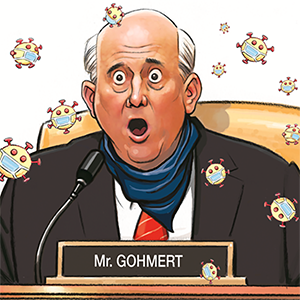

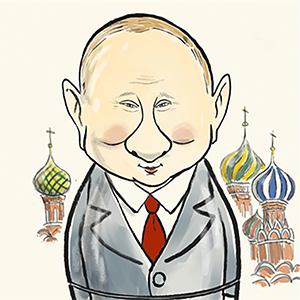
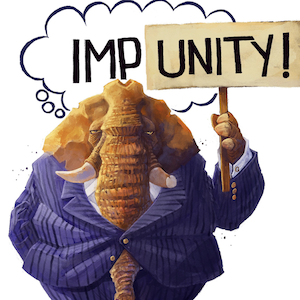
Comments